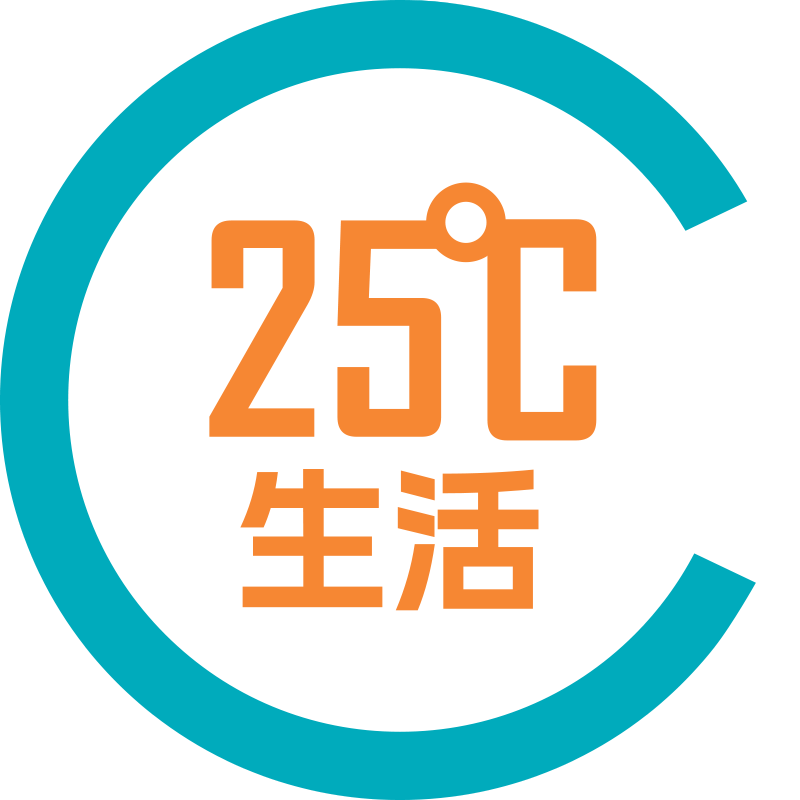BANGKOK, March 4, 2025 /PRNewswire/ -- Chulalongkorn University has introduced the Exoskeleton Wheelchair, an innovative robotic suit designed to help people with disabilities stand, walk, and move more independently. The breakthrough was developed by Assoc. Prof. Dr. Ronnapee Chaichaowarat from the Faculty of Engineering, aiming to improve mobility beyond traditional wheelchairs.
A New Frontier in Robotics
The robotics lab at Chulalongkorn University, located on the 9th floor of Chulapat-14 Building, serves as a hub for students and researchers from Thailand and abroad to collaborate on cutting-edge robotics projects. Dr. Ronnapee envisioned this lab as an alternative learning space, where students build and test robots through hands-on experimentation.
The World's First Thai-Made Exoskeleton Wheelchair
Nicknamed "Thai Iron Man," this innovation is the first exoskeleton wheelchair built by Thai researchers. Unlike conventional wheelchairs, it can transform to help users stand and walk, making it easier to navigate stairs or public transport. The project received funding from Thailand's National Research Council (NRCT) in 2021–2022 and was a finalist in the 2024 Young Technologists Award.
How It Works
The Exoskeleton Wheelchair is a wearable robotic device that supports users by combining a wheelchair and exoskeleton into a hybrid system. Made with lightweight carbon fiber, and equipped with foldable wheels, the robot allows users to switch between sitting and walking modes with ease. A motorized system controls hip and knee joints, while the ankle joint remains flexible to ensure natural motion.
Engineering Meets Human Anatomy
Dr. Ronnapee integrated biomechanics and kinematics compatibility to create a device that mimics natural human movements. The exoskeleton must align with the user's body to prevent discomfort or strain. A four-bar linkage system was implemented to enhance flexibility, ensuring the device moves in sync with human joints.
Challenges and Future Development
The prototype cost 130,000 baht and was funded by research grants. However, Assoc. Prof. Dr. Ronnapee believes Thailand's aging population will drive demand for wearable robots. The team is currently developing a second prototype with improved stability for standing and walking. Clinical trials with patients are planned, pending Research Ethics Committee approval. If successful, this Thai-made exoskeleton wheelchair could revolutionize mobility assistance and position Thailand among global leaders in robotics.
For more information, contact ronnapee.c@chula.ac.th.
Read the full article at https://www.chula.ac.th/en/highlight/218151/
Media Contact:
Chula Communication Center
Email: Pataraporn.r@chula.ac.th
source: Chulalongkorn University Communication Center
《說說心理話》「星二代」有甚麼壓力?姜大衛兒子姜卓文參加《造星》:雖然輸了比賽,但卻得到很多!分享如何學會面對問題及成長► 即睇































